As the 2010s comes to close, critics and film lovers have taken to assembling their lists of the Best Films from the past ten years. A majority of those lists are sure to feature any number of great crime thrillers, mysteries, and neo-noirs—since 2010 we’ve been gifted with such modern classics as Winter’s Bone, Gone Girl, Inherent Vice, You Were Never Really Here, and The Irishman, to name just a few.
Of course, the sheer amount of films that come out during any given year means that a number of deserving (even great) efforts get passed over. Given the hunger crime film aficionados have for the genre, now seems a perfect chance to recommend some of the genre gems they’re likely to have overlooked.
Here are 20 of the most underrated crime and mystery films of the past decade.
Author’s Note: This list is made up exclusively of American productions. While a good number of foreign films could have made this list, it’s harder to say which count as underrated, considering so few foreign films break through to American audiences to begin with.
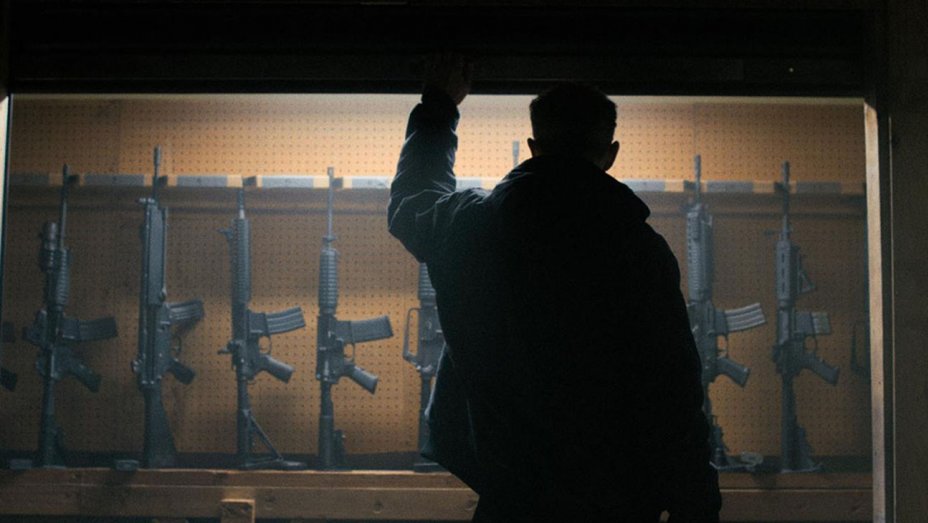
Standoff at Sparrow Creek (2019)
Following an armed attack at a police funeral, a local militia, comprised of seven troubled men whose only connection to one another is a shared hatred of the federal government, convene at their remote headquarters to wait out the manhunt, only to discover that the shooter may be one of their own. It would be easy to call Standoff at Sparrow Creek a Reservoir Dogs for the Trump era, but its shadowy beauty and spooky tone place it closer to the paranoid thrillers of the ‘70s. As far as the political nature of the material, writer/director Henry Dunham wisely refrains from judging his characters or telling the audience how to feel about them. This makes for a unique and unnerving experience, and while the final turn of plot will likely to prove controversial, it stands as one of the most original and engaging locked-room mysteries of the past several decades.

Under the Silver Lake (2019)
David Robert Mitchell’s follow-up to It Follows proved a much harder sell that than his 2014 horror breakout, with distributer A24 putting it out in only a handful theaters before dumping it on VOD. But then, this baggy, surreal slacker odyssey through the shadowy and sinister environs of hipster Los Angeles was destined to be a cult favorite from the start, something people stumble upon accidentally or learn of through word of mouth not unlike the various esoterica found within it. It’s an inherently divisive film: some will love it, many will hate it, and most will be baffled or left cold by it. But it deserves to be seen, especially by devotees of Raymond Chandler, Thomas Pynchon and David Foster Wallace, whose labyrinthian plots serve as a touchstone for the one found herein.
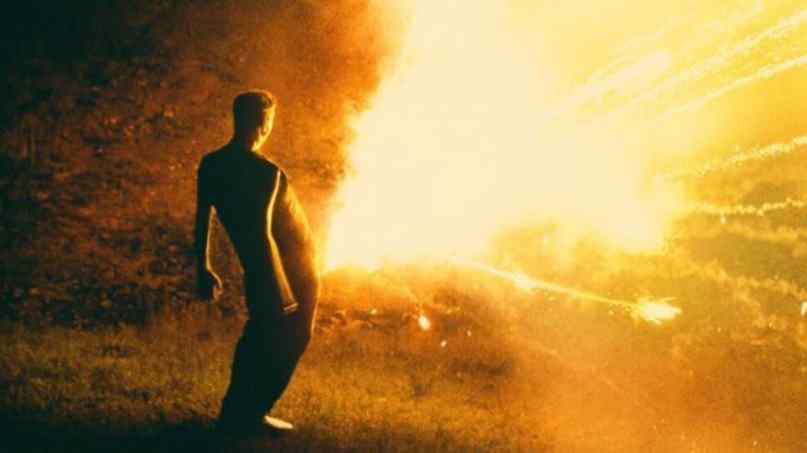
The Death of Dick Long (2019)
Like Daniel Scheinert’s previous film, the quirky indie hit Swiss Army Man (which he co-directed with Daniel Kwan), there is a corpse at the center of The Death of Dick Long, but unlike that film, this one is an albatross hanging around the necks of his two best friends and bandmates, forcing them to take desperate measures to cover up the circumstances surrounding his death. As with Under the Silver Lake, distributer A24 seemingly had no clue how to market this wild crime thriller-cum-domestic drama. It’s an even bigger pity in this case, as The Death of Dick Long is a much more straightforward film, one which expertly mixes humor and heart with real knuckle-grinding tension. That said, the film has a few surprises in store that some people may not be able to handle, although to say anymore would be to ruin the mystery.

A Simple Favor (2018)
Director Paul Feig’s A Simple Favor was one of the sleeper hits of 2018, but I feel like it hasn’t quite been given its full due yet. Anchored by capital-M movie star performances from Anna Kendrick and Blake Lively (born to vamp it up as a femme fatale), A Simple Favor blends together the proud perversity of Basic Instinct with the steely intelligence of Gone Girl, throwing in ample heaps of humor to keep the viewer off guard for its many twists and turns. While the film does unfortunately pull its punches during the finale, the end result remains a relentlessly entertaining and rewatchable update of the film noir for the age of social media.

Lowlife (2018)
A hyperviolent, Los Angeles-set ensemble crime drama with a fractured narrative, Lowlife certainly invites comparisons to Pulp Fiction, although enough time has passed since the days of Tarantino fatigue that it feels like a refreshing throwback rather than a rote knock-off. Even if that weren’t the case, the film, which charts the fatal intersection of several characters operating in or on the fringes of the black market organ trade—including a pregnant junkie, a desperate hotel owner, a ruthless crime lord, a corrupt ICE agent (a redundancy, I know), a very not racist ex-con with a Swastika face tattoo, and a disgraced luchador possessed of almost superhuman strength—would distinguish itself by way of its utterly delightful derangement and surprising pathos.
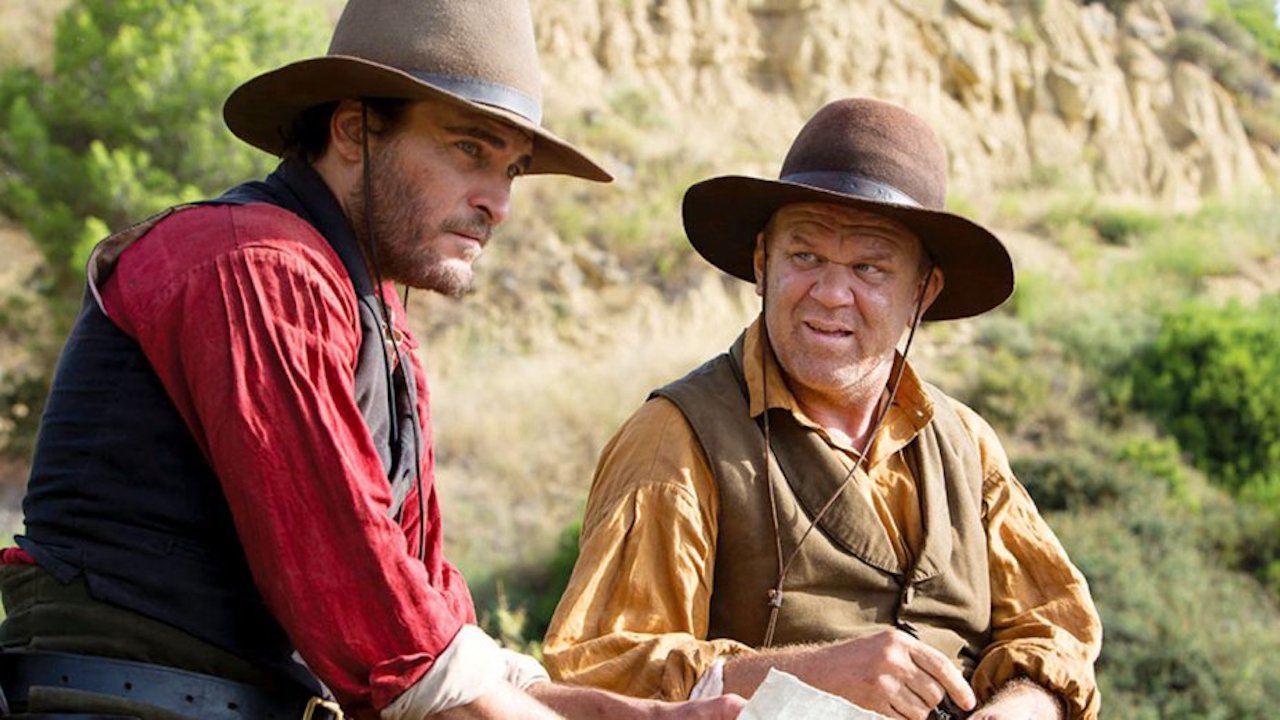
The Sisters Brothers (2018)
This noir-tinged western—an adaptation of Patrick DeWitt’s popular 2011 novel—follows a ruthless pair of gun-for-hire brothers on a violent journey of self-discovery in the dying days of the Old West. By turns tender and brutal, elegiac and sober, disturbing and funny, The Sisters Brothers would have been right at home during the heyday of revisionist westerns (chances are, it probably would have found a bigger audience too), although it’s impossible to imagine anyone other than Joaquin Phoenix (good as he’s ever been) and John C. Reilly (reminding us that he’s got real gravitas) in the lead roles.
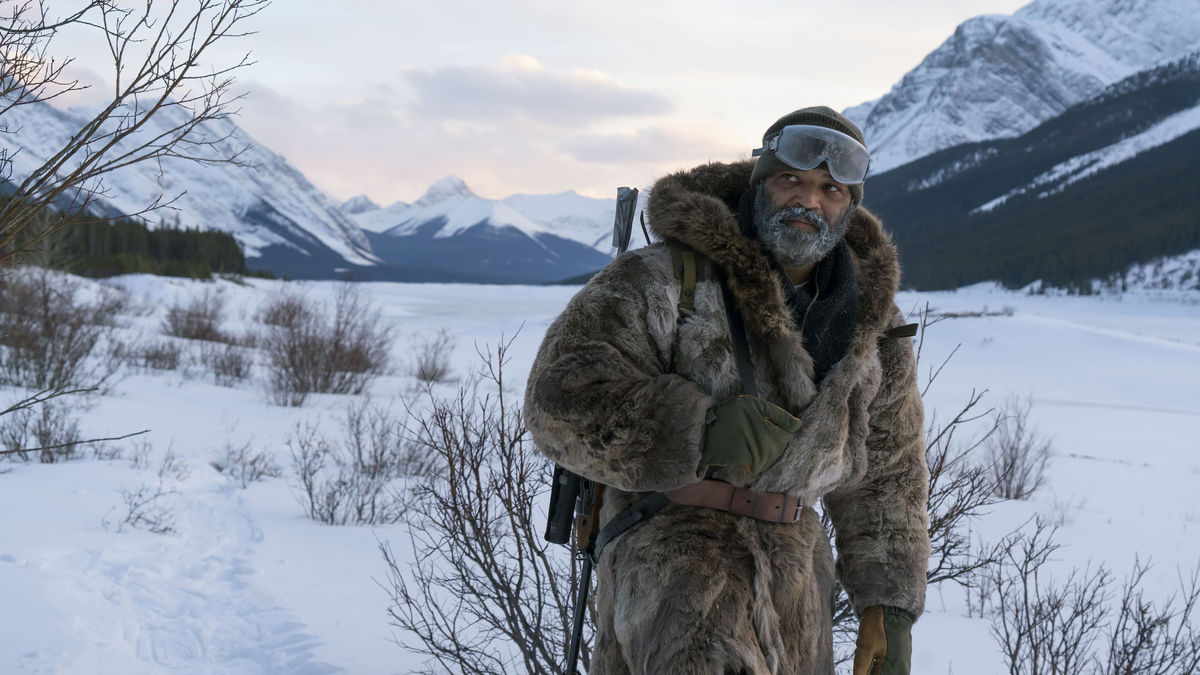
Hold the Dark (2018)
The one-two punch of action-noir masterpieces Blue Ruin and Green Room established director Jeremy Saulnier and writer/actor Macon Blair as the most exciting filmmaker duo to come around in a long time. Disappointing then that their most recent film, Hold the Dark—about an expert hunter-tracker who becomes tangled in a series of increasingly violent events following the death of several children in a remote Alaskan village—should have been met with such mute response. The reaction is understandable though, since the film intentionally keeps the viewer at a distance. However, this is a film that almost demands a second chance, as repeat viewings help reveal the truth at the heart of its mystery, a truth that has its roots set deep in ancient mythology and the supernatural.

I Don’t Feel at Home in This World Anymore (2017)
Speaking of Macon Blair, he made his directorial debut in 2017 with this wonderfully twisted amateur sleuth/revenge. After her home is burglarized, a soft-spoken, depressed nursing assistant (Melanie Lynskey) decides she’s tired of being a pushover and teams up with her unhinged hesher neighbor (Elijah Wood) to track down the culprits. Needless to say, this leads them down a rabbit hole of criminality that grows darker and more dangerous they further they follow it. Recalling the simmering menace and black humor of the best Coen Brothers dark comic thrillers, I Don’t Feel at Home in This Word anymore marks Blair as the guy to watch when it comes to modern neo-noir.

Logan Lucky (2017)
The project that brought Steven Soderbergh out of short-lived retirement, Logan Lucky was probably always too much of a low-key hangout film to catch on big with audiences, despite its star-studded cast and an advertising campaign selling it as a redneck version of Ocean’s Eleven. That’s the public’s loss, since Logan Lucky is every bit as enjoyable as Soderbergh’s Vegas-set heist films, and a more mature and moving picture to boot. If nothing else, it deserves to be watched for the extended Game of Thrones joke, which includes arguably the best punchline of any film this decade. (It also features Macon Blair in a small but memorable role, making him the MVP of this list.)
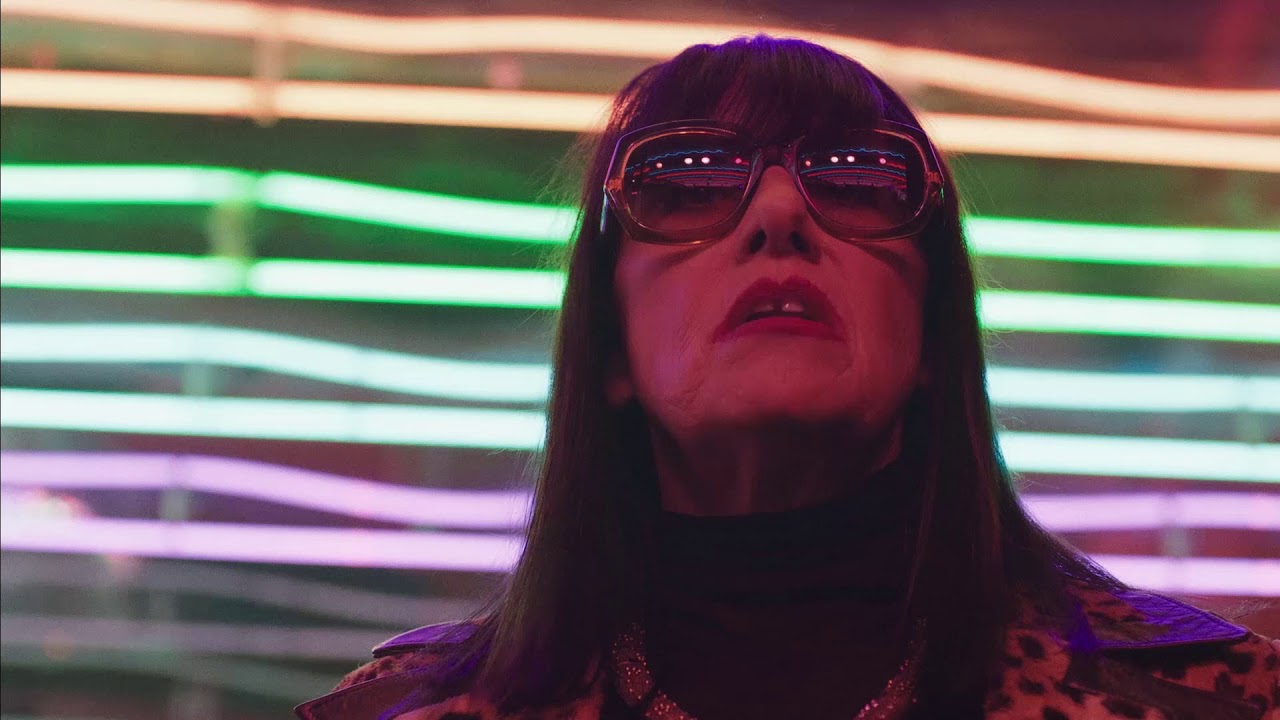
The Queen of Hollywood Blvd (2017)
On the morning of her sixtieth birthday, no-nonsense a strip club owner Mary (Rosemary Hochschild) is forced to make good on a years’ old debt to the mob or else give up her club (and potentially much more). Orson Oblowitz’s grungy love letter to tinsel town glitter and doom takes the framework of John Cassavetes’s classic L.A. neo-noir The Killing of a Chinese Bookie and brings into the modern day. Hochschild makes for great anti-hero: decked out in leopard print and black leather, her desiccated face—which, in the words of Warren Zevon, “looks like something death brought with him in his suitcase”—hidden behind two solid black saucers that might as well be empty eye sockets, she carries an aura of death with her through every frame. The same goes for the late, great Michael Parks, who turns in one of his very final performances here.

Always Shine (2016)
Always Shine, director Sophia Takal’s intense psychological thriller about a pair of friends, both actresses, whose history of professional jealousy and personal resentment comes to a boil during a charged and frightening vacation at an isolated cabin in Big Sur, is a great recent entry in the House of Psychotic Women subgenre. The film’s fierce central performances (especially from Mackenzie Davis) and themes of subsumed identity, combined with the eerie scenery of its setting, bring to mind the uncanny anxieties and terrors of Bergman and Lynch, while the discordant, Bernard Herman-esque score gives the film a spellbinding Hitchockian feel.
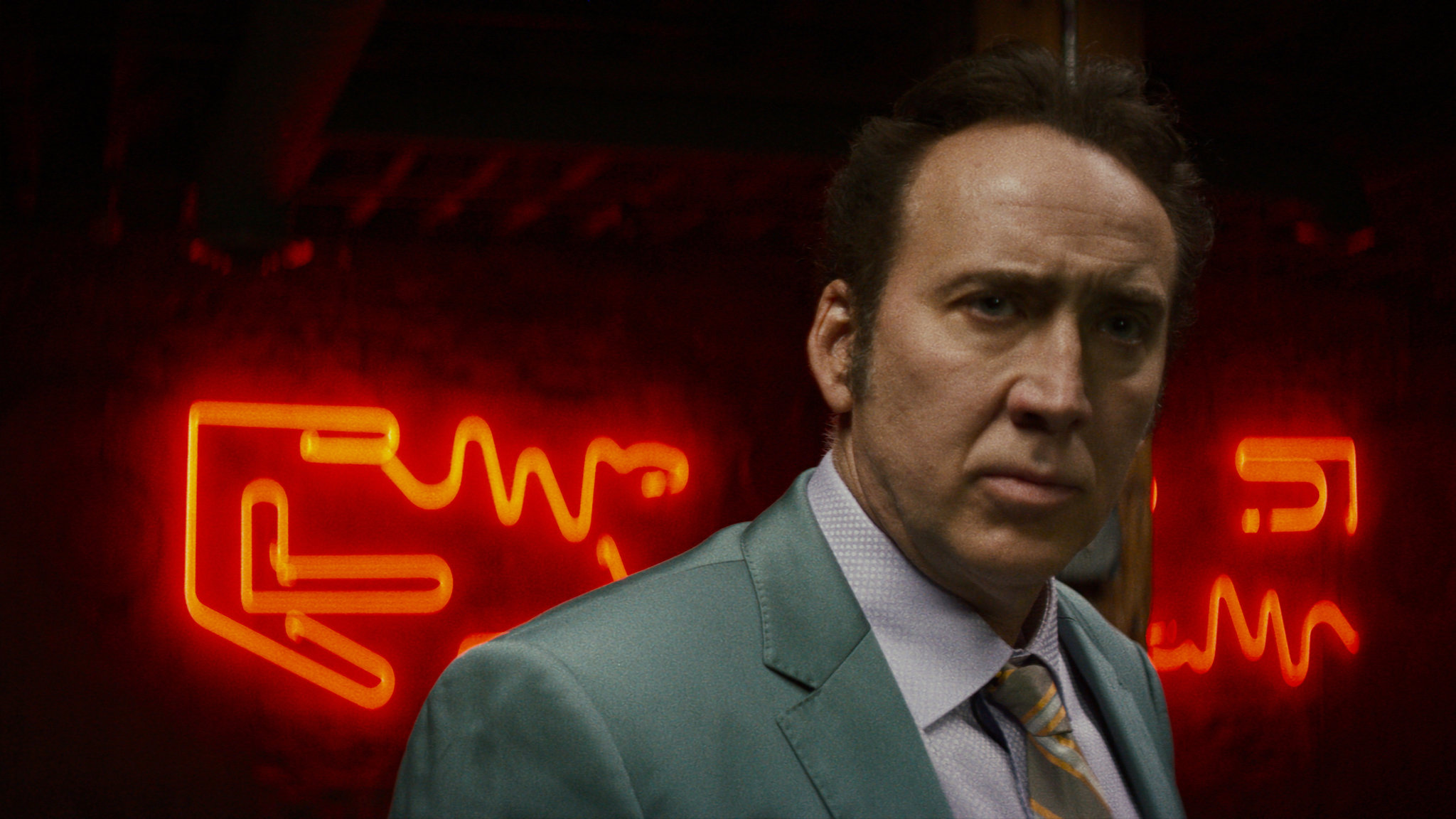
Dog Eat Dog (2016)
When First Reformed was released last year, it was hailed as a long-awaited return to form for writer/director Paul Schrader. But while the intense spiritual drama was undoubtedly his best film in almost two decades, that talking point unfairly ignores Dog Eat Dog, his adaptation of Edward Bunker’s 1996 novel about a trio of ex-cons looking to pull off a bigtime kidnapping score. It’s easy to understand why Dog Eat Dog was overlooked: it kicks off with one of the most horrifying opening scenes in recent memory and only gets meaner and nastier from there. No doubt, most viewers don’t have the stomach for the film’s bleakness and brutality, but those who do will definitely want to catch up with this one.
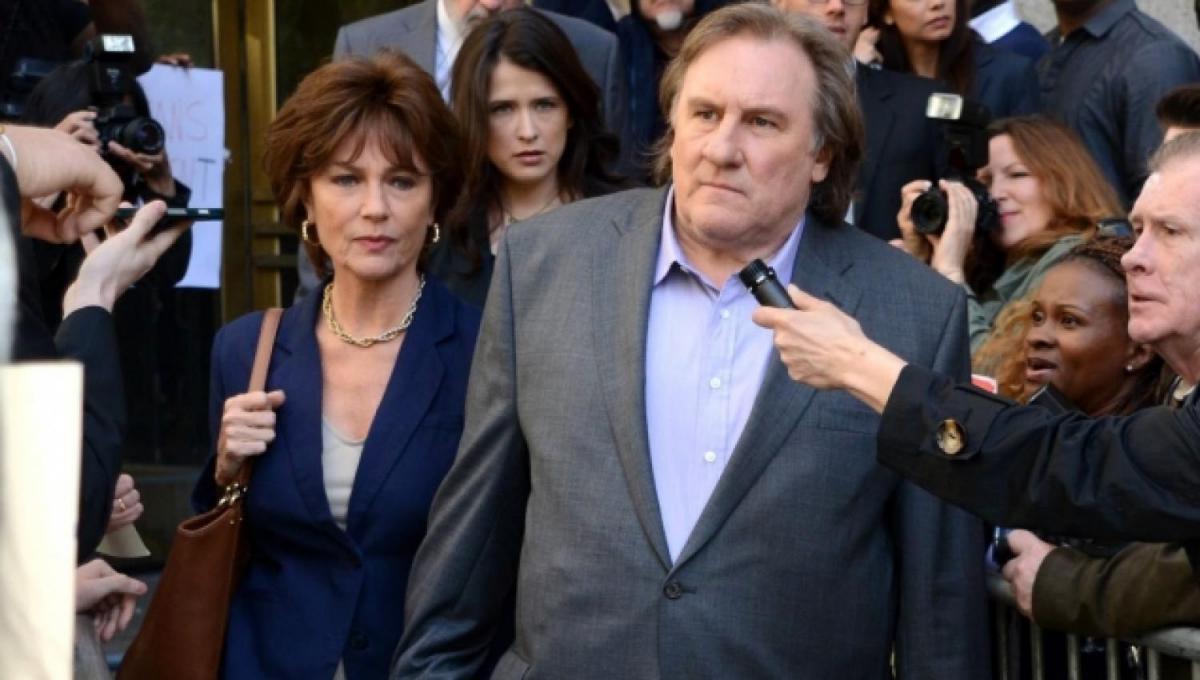
Welcome to New York (2015)
Leave it to Abel Ferrara, the hard living, outspoken poet laureate of New York City’s underbelly, to make one of the best movie about #MeToo three years before the movement truly took hold. This isn’t to credit him with any share of the movement’s success, but only to recognize that Welcome to New York, Ferrara’s quiet, yet coldly furious dramatization of the arrest and prosecution of former IMF director Dominique Strauss-Kahn for sexual assault in 2011, avoids any of the cheap sensationalizing or manufactured and hypocritical outrage found in Hollywood’s response thus far.* Refusing to insult our intelligence with any he said/she said waffling, Welcome to New York is a fully damning portrait of men like Strauss-Kahn, as well as a clear-eyed look at the way wealth and power feed addiction while emptying the addict of their humanity.
*It should, however, be noted that the film’s star, Gerard Depardieu, was himself investigated for sexual assault last year.

The Gift (2015)
Of late, there’s been renewed interest in the subgenre of thrillers about strangers intruding into the lives of others: this year alone saw the release of Greta, Ma, The Intruder and Parasite. While it’s probably too much of a stretch to point to writer/director/star Joel Edgerton’s The Gift—about a married couple who are stalked by a mysterious loner from the husband’s past—as being responsible for the genre’s resurgence, it does deserve credit for at least anticipating the current wave back in 2015, as well as being the best of them, Parasite excepted.

Cold in July (2014)
Director Jim Mickle’s adaptation of Joe R. Lansdale’s country-fried noir novel adroitly puts the viewer in the mindset of its reluctant everyman protagonist by never letting them get their bearings. What starts off as a straight revenge thriller—a milquetoast Texas family man (Michael C. Hall) kills a home intruder only for the dead man’s ex-con father to come around looking for payback—suddenly and continuously shifts lanes. While this can result in a little bit of whiplash, it makes for a consistently thrilling ride. Cold in July also boasts two knockout performances from co-stars Don Johnson and the late, great Sam Sheppard, who turns in one of, if not the, best acting performance of his career.

Cheap Thrills (2014)
Class warfare has been at heart of many of 2019’s highest profile genre films (Knives Out, Joker, Ballers, Ready or Not, Us, as well as the uncategorizable Parasite), but for all of those films’ individual charms or failures, none cut to the diseased heart of the matter quite as swiftly or brutally as 2014’s Cheap Thrills. Already well on its way to cult classic status, the film—about a pair of cash-strapped old friends made to compete against one another in an escalating series of dares (everything from binge drinking to self-mutilation) at the behest of an ultra-wealthy sociopathic married couple—stacks gruesome set piece on top of gruesome set piece until it all comes crashing down in an unexpectedly devastating finale. Free from any self-congratulatory pedantry or on-the-nose analogy, Cheap Thrills shows us the destructive influence of wealth, rather than telling us about it.

Faults (2014)
A down-on-his-luck mind-control expert (the great character actor Leland Orser, who you’ll recognize from the most harrowing scene of David Fincher’s Seven) gets a chance to redeem his tarnished reputation by deprogramming a young woman (Mary Elizabeth Winstead) under the sway of a mysterious cult. What follows is a psychological game of one-upmanship set almost entirely inside a seedy motel room. Director Riley Stearns crafts an enticingly twisty minimalist thriller that never feels stagey or, for that matter, all that minimalist. Movies about cults have proven increasingly popular this past decade, and this is one of the best of the crop. After you watch Faults, check out Stearns latest film, the dark comic thriller The Art of Self Defense, which similarly explores the insidious power the cult mentality.

The Counselor (2013)
Ridley Scott’s border-set thriller, from a script by Cormac McCarthy, was met with resounding disdain and ridicule upon its original release. To be sure, the film is almost oppressively nasty and nihilistic, with an ungainly structure and number of utterly baffling scenes (the most infamous of which involves Cameron Diaz making love to a Ferrari). But, if you can get on its wavelength, it’s also a consistently frightening and devastating—and surprisingly funny—descent into the inferno. And while the film never fully coalesces (the late Tony Scott would have been better suited to the seediness of the material than his austere older brother), those familiar with McCarthy’s larger body of work, especially his early gothic novels, will find much to appreciate in its strange rhythms and dreamlike quality.

Sun Don’t Shine (2013)
A pair of lovers drive through southern Florida with a body in the trunk of their car. They’re trying to get to the everglades, where they can dump the corpse in a swamp, but their shared distrust and ratcheting desperation ensure that they’re heading straight towards mutually assured doom. Call it mumblenoir: director Amy Seimetz’s low budget road movie contains all the staples of late Aughts/early Teens indie cinema—grainy digital cinematography, naturalistic acting, quiet and sparse dialog, xylophone score—but the simple, Ulmer-esque story and the haunting natural scenery imbue it with a timeless, Southern Gothic quality.

Gone with the Pope (2010)
A recently paroled gangster hatches a genius score: he and three other ex-cons will travel to Rome and kidnap the Pope. Their ransom demands? One dollar from every Catholic in the world.
Nightclub performer turned exploitation auteur Duke Mitchell wrote, directed, produced and starred in this magnum opus from 1976, but unfortunately, he passed away before he could assemble the footage. The film was thought lost until 2009, when the negative and unfinished cut were rediscovered and assembled by a team of editors led by Bob Murawski (who pulled off a similar feat of cinematic resurrection last year with Orson Welles’s The Other Side of the Wind).
Upon first glance, Mitchell seems a kindred spirit to fellow outsider artists Ed Wood, Rudy Ray Moore and Tommy Wiseau, although Pope is a far stranger, and honestly more impressive, beast than any of their ‘so-bad-they’re-good’ productions. For one thing, Mitchell had legitimate skills as a director; for another, in spite of his film’s utter lack of self-awareness and its penchant for deep cruelty (it is, at times, shockingly misogynistic and racist even by 70’s grindhouse standards), it also contains moments of jaw dropping brilliance, such as an out-of-nowhere monologue in which Mitchell delivers a legitimately devastating indictment of the Catholic Church’s complicity in the Holocaust and an ending that is both hilarious in its randomness and honestly terrifying in its implications. A truly singular experience, Gone with the Pope defies all rules of logic, expectation and taste. Of all the films listed here, this is the hardest to find (it’s not streaming anywhere, and the limited-edition Blu-Ray will set you back some) but, assuming you’re willing to put up with it at its ugliest, the most worth your time.

















